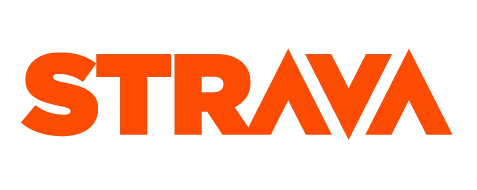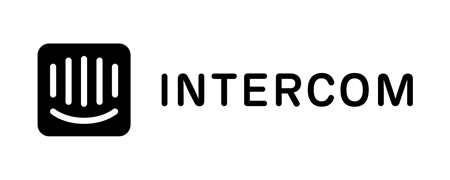I was listening to a podcast the other day featuring the founder of Starbucks Howard Schulz.
More accurately, he wasn’t actually the founder, he acquired Starbucks before they were a cafe and transformed it into what it is today.
The story he told made me think about coaching, apps, and training devices that are designed to make endurance coaching and training easier and more automated.
Automation and technology are great, but going too far can lead to unexpected results. Initially it can seem useful, or even invaluable but can have unintended consequences.
Keep reading to learn more about how this is currently happening at Starbucks, and how it could also be dangerous for your coaching business.
You can watch the Youtube video here or listen to the audio version on the podcast here
When Howard acquired Starbucks his vision was to create a “Third Place”. Not the office, not home, but another place you can go for an environment and community where people know your name. Howard didn’t invent this idea, he discovered it in the cafes of Italy.
More than once, Howard has left and then come back to Starbucks to get them through tough times. Recently Starbucks has started struggling again with a business model that initially boosted their revenue and their share price, but has since caused some difficulties.
It is their mobile app that lets customers order ahead.
Most of this happened during the pandemic, revenues soared. In the app they implemented an “account” system so customers loaded money rather than paying for each order individually. It meant it was very easy to order without thinking about how much it was actually costing. It also meant Starbucks could earn interest on those customer accounts. They got the same benefits as a bank.
So why does Howard think this is the problem when it is responsible for so much revenue?
If you’ve been Starbucks recently you will notice that there are lot less people dining in and there is always a stack of pre-ordered drinks waiting for their owners to collect them. People fly in the door grab their drink and take off. They don’t experience the “Third Place” anymore.
The other problem? If you do want to enjoy the “Third Place” they prioritize app orders first, so the experience of ordering and the “Third Place” is often not a good one.
One more thing in the mix is that Starbucks has become a “sugar” shop. If you look at the stack of pre-ordered drinks they look more like sugary milkshakes than coffee.
This seemed to be fine while the economy was firing and people had access to cash and credit. Business was booming.
But now things are swinging back the other way. The combination of people having less disposable income and a trend toward healthier diets has resulted in a new difficult period for Starbucks.
But what Howard Schultz highlighted as the real problem is that the “Third Place” no longer exists. Customers have no real connection with the store, no-one knows who they are, there is very little interaction between the customer and the partners (Starbucks Employees). They order on the app, grab and go.
So when times are tough, what do they cut out? Things they don’t have a connection with, and things that are not good for them. Why would they pay $8 just for a coffee that they could make at home, or get somewhere else for a lot cheaper?
They don’t know anyone at the store anymore, they have no deep connection with it. They may look forward to their coffee everyday but there is no “Third Place” that would leave a big hole in their lives.
Starbucks automated away the very thing that made them successful, and they may never be able to get it back.
So how does this relate to coaching?
It starts with the fact that prescribing, completing and analyzing workouts is only a very small part of coaching. The most important and impactful parts of coaching are the interpersonal interactions between the coach and the client.
Building the relationship with the client is what retains them in the long term. Just like how Starbucks developed the “Third Place”.
Training apps and devices can result in the coach/client relationship being more brittle.
Here are just some examples
- Digital workout comments instead of conversations
- AI generated training schedules instead of collaborative planning
- Devices that beep at you when you are running too fast or too slow
- Async messages instead of one on one meetings
The difficulty here is that all these things save the coach a lot of time and allows them to coach more clients, but in comparison weaken the bond a client has with their coach. it becomes less personal, less sticky, and easier to sever.
So just like with Starbucks, if a client needs to cut back on expenses or just doesn’t feel like they get enough value out of the relationship the lack of connection makes it a lot easier to decide to go it alone by leveraging the apps and the automation even more than before. This time without the coach.
It may be good idea to take some time, stand back, zoom out and consider whether you may be automating too much away.
Take our Free "Authentic" Marketing Course for Coaches
Designed for endurance sport coaches. Marketing doesn't need to be pushy. The best marketing simply creates a win-win relationship between you and your customers. Take the simple 6 part course to learn more.













